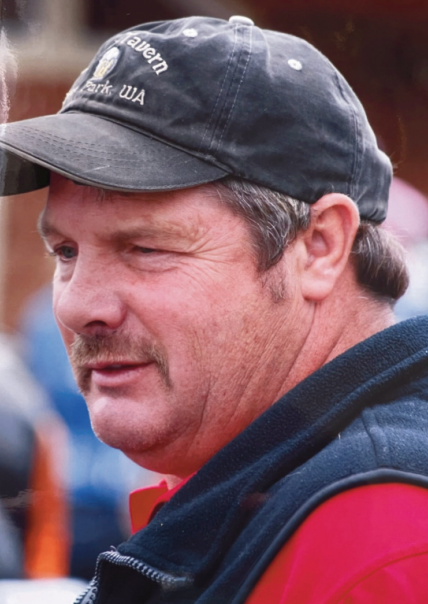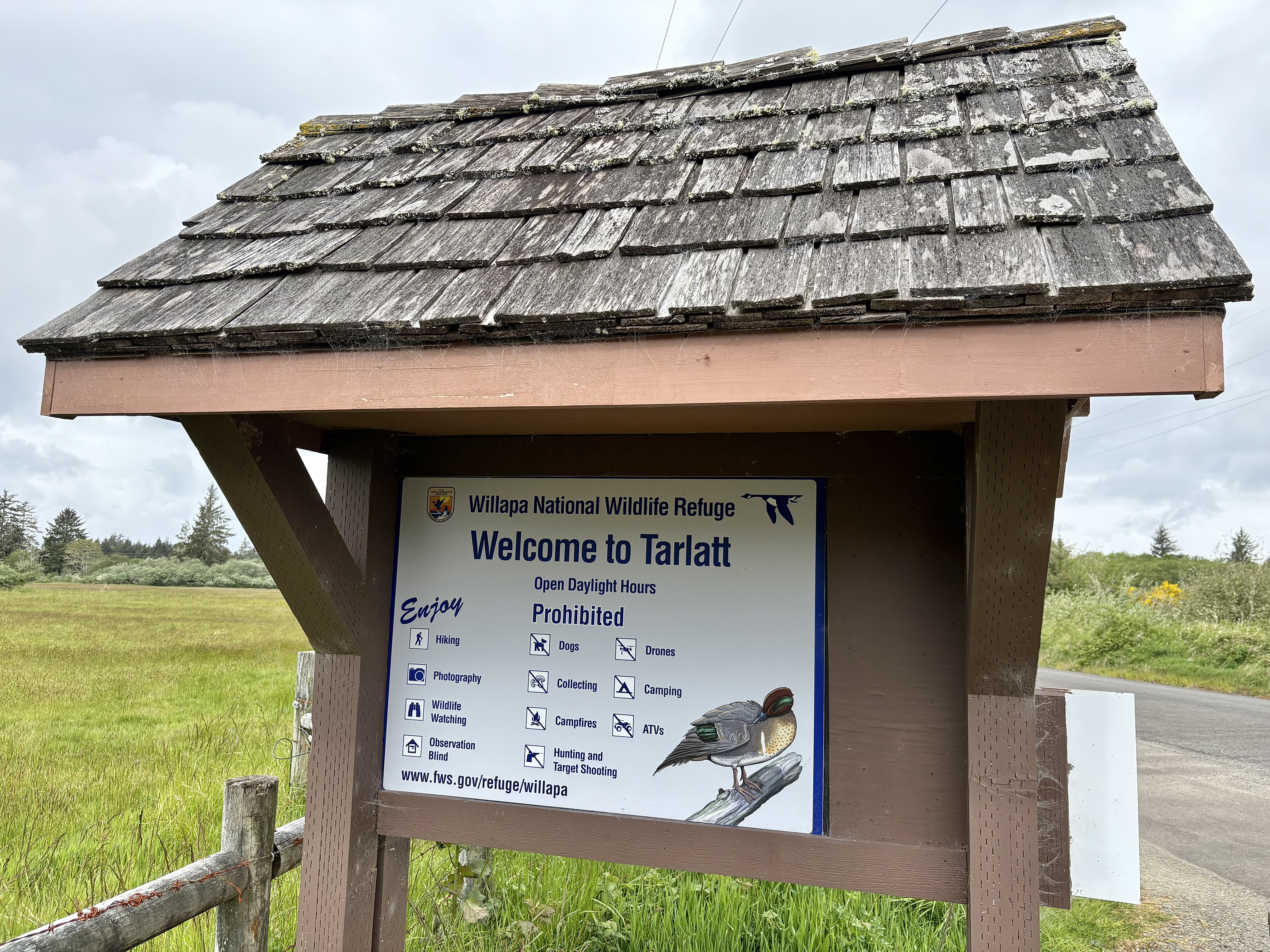Coho, steelhead fishing reopens on Columbia mainstem
Published 9:32 am Tuesday, November 8, 2016
Recreational angling for coho and steelhead resumed in the Columbia River on Nov. 5, but fishing for fall Chinook remains closed.
Trending
After shutting down all salmon and steelhead fishing on the river effective Oct. 22, the two-state Columbia River Compact approved at its hearing Nov. 3 the resumption of fishing for the two species from Buoy 10 near the mouth of the river up to the Highway 395 Bridge near Pasco.
The daily bag limit is two salmonids per day, only one of which can be a hatchery steelhead.
The primary reason the Compact had ended fishing for all salmon and steelhead last month was to protect the run of fall upriver bright Chinook, which it worried would be impacted if anglers continued to fish for coho and steelhead. URBs are listed as threatened under the federal Endangered Species Act and the impacts on the fish had already exceeded the U.S. v Oregon Management Agreement impact limit of 15 percent.
Trending
With a two-week no fishing period and most of the fall Chinook run already upstream of Bonneville Dam, the Compact staff said that the Chinook catch in recreational fisheries during November and December is minimal even when Chinook retention is allowed.
Yet, the current closure negatively affects small-scale, late-fall fisheries directed at coho and steelhead which do not target fall Chinook.
At its meeting Oct. 17, the U.S. v Oregon Technical Advisory Committee, which forecasts fish runs that are used to determine allowed harvest in the Columbia River, downgraded for the sixth straight week its estimate of adult fall run Chinook salmon to 701,100 fish or about 73 percent of the preseason forecast of 960,000 fish.
That new forecast included 412,700 upriver bright Chinook (71 percent of the preseason forecast) and 45,200 Bonneville Pool Hatchery tule Chinook (45 percent of the preseason forecast).
However, this week the Compact estimated that resuming fishing for steelhead and coho now would result in a minimal impact on the upriver brights as well as Snake River wild fall Chinook.
Compact staff estimated that less than three upriver bright release mortalities would occur, with no impact on Snake River wild Chinook.
TAC also on Oct. 17 had downgraded the late stock of coho salmon from the preseason forecast of 37,100 adults to 15,000 that it expects to pass Bonneville. The early stock of coho — those passing the dam prior to Oct. 1 — totaled 29,208 fish, far less than the preseason forecast of 47,200 fish.
However, TAC had not adjusted its forecast for steelhead, retaining a run size estimate of upriver summer steelhead of 171,200 fish, again far less than the preseason forecast of 256,200 fish. The in-season forecast includes 129,200 Group A stock (31,900 wild) and 42,000 Group B stock (6,400 wild).
During this week’s Compact hearing, Dave Moscowitz of the Conservation Angler objected to allowing any more fishing for steelhead in the Columbia mainstem. The run size for all steelhead, he said, is just 52 percent of the 10-year average and the run size for the wild component is just 41.2 percent of the 10-year average.
“There is no information about the impact to steelhead, the impact to wild steelhead and no information on the treaty harvest of wild steelhead in the staff report,” Moscowitz said. “The staff report is inadequate to support these actions.”
Tucker Jones, the Oregon Department of Fish and Wildlife representative to the Compact, said that wild steelhead were not harvested in the lower river earlier in the season and that the Treaty Indian gillnet fishery had reported in October that it was well within its impact limits. That fishery has since closed.
One angler — Rick Stillwater from the upper Columbia River –said that the river should be open for hatchery steelhead all the way to Chief Joseph Dam or not at all. Jones replied that that’s a decision the two-state Compact cannot make, that it is up to the State of Washington to open or close sections of the river upstream of the Highway 395 Bridge.
As of Thursday, Nov. 3, 187,080 total steelhead had passed Bonneville Dam, of which 51,858 are wild. Some 100 or less are crossing the dam daily. The10-year average on that date is 345,174, with 113,394 wild. Last year 265,078 steelhead had passed on that date with 96,333 wild.
Also on Nov. 3, 440,120 adult fall Chinook and 54,091 fall Chinook jacks had passed the dam. With less than 100 passing the dam daily, the run is essentially complete, according to the Compact Fact Sheet. The 10-year average is 502,797 adults and 83,212 jacks, which is larger than this year’s run of fall Chinook. Last year at that time 951,348 adults and 82,207 jacks had passed the dam.
Chinook returns to the Snake River are also essentially complete with the last count at Ice Harbor Dam down to 10 fish, the Fact Sheet says. Some 36,713 of the adults had passed the dam by Oct. 31.
Some 41,566 adult coho and 5,443 coho jacks (early and late stocks combined) had passed the dam and with less than 200 passing the dam daily, the run is essentially complete. The 10-year average is 122,902 adults and 7,450 jacks. Last year at this time 34,735 coho adult and 4,776 jacks had passed.
The last non-treaty mainstem commercial gillnetting was Sept. 23 and Select Area commercial fisheries ended Oct. 31.









